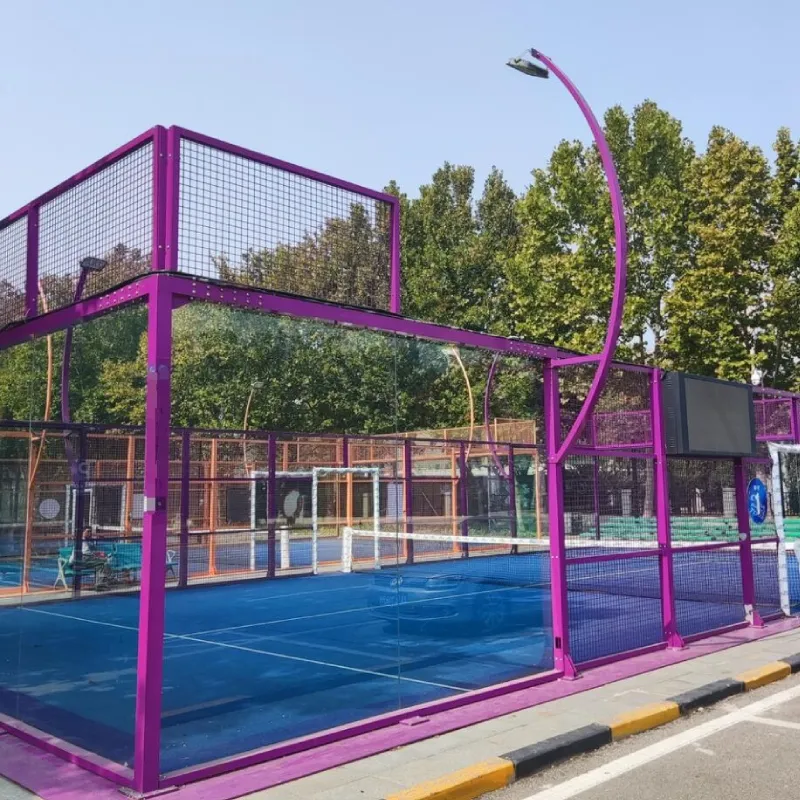
- Afrikaans
- Albanian
- Arabic
- Armenian
- Azerbaijani
- Basque
- Belarusian
- Bengali
- Bosnian
- Bulgarian
- Croatian
- Czech
- Danish
- Dutch
- English
- Esperanto
- Estonian
- Finnish
- French
- Galician
- Georgian
- German
- Greek
- hawaiian
- Hindi
- Hungarian
- Indonesian
- irish
- Italian
- Lao
- Latvian
- Lithuanian
- Luxembourgish
- Macedonian
- Maltese
- Myanmar
- Norwegian
- Polish
- Portuguese
- Romanian
- Russian
- Serbian
- Slovak
- Somali
- Spanish
- Swedish
- Thai
- Turkish
- Turkmen
- Vietnamese
Oct . 05, 2024 16:28 Back to list
bar grating sizes
Understanding Bar Grating Sizes A Comprehensive Guide
Bar grating is a widely used material in construction, industrial applications, and architectural designs. It consists of a series of parallel bars or rods that are welded together to provide a strong and versatile platform. One of the key considerations when selecting bar grating for a project is its size, which can significantly affect its performance, safety, and aesthetic appeal.
Types of Bar Grating
Bar grating is available in various types, each suited for specific applications. The two most common types are
1. Steel Bar Grating This is made from steel bars and is known for its strength and durability. Steel bar grating is often used in heavy-duty applications, such as walkways, platforms, and industrial flooring.
2. Aluminum Bar Grating Lighter than steel, aluminum bar grating is resistant to corrosion and is often used in environments where weight is a concern or where exposure to moisture is common.
3. Fiberglass Bar Grating Made from fiberglass reinforced with resin, this type is particularly useful in corrosive environments. It is non-conductive and offers excellent resistance to chemicals, making it ideal for chemical processing plants and similar applications.
Bar Grating Sizes
When discussing bar grating sizes, several dimensions come into play, such as the width, height, spacing, and overall panel size. Here are the primary dimensions to consider
1. Bar Width The width of the bars can vary, typically ranging from 1-inch to 3-inch widths. Wider bars provide more strength and are suitable for heavier loads, while narrower bars may be used for lighter applications.
bar grating sizes

2. Bar Height The height of the bars is essential for load-bearing capacity. Common heights range from 1 inch to 2 inches or more. Taller bars tend to provide greater strength and support.
3. Spacing The space between the bars (also referred to as the open area) is another critical factor. Standard spacing is generally around 1 to 2 inches, although custom spacing can be provided based on specific requirements. Wider spacing allows for better drainage and airflow, but may compromise the surface's strength.
4. Panel Size Bar grating panels are typically manufactured in standard sizes, with common dimensions including 3 feet by 20 feet or 4 feet by 10 feet. However, custom sizes can be created to meet specific project needs.
Load Considerations
When choosing the appropriate bar grating size, it is essential to consider the load requirements of the application. Grating is rated based on the type of load it can withstand, which can include pedestrian traffic, vehicular loads, or heavy machinery. Consulting load tables provided by manufacturers can help determine the appropriate size and type of grating for a project.
Aesthetic Considerations
In addition to their functional attributes, bar gratings can also contribute to the overall aesthetic of a space. Various finishes, colors, and treatments are available to enhance appearance and longevity. Aluminum bar grating, for instance, can be anodized for a sleek, modern look, while steel grating can be galvanized to prevent rust.
Conclusion
In summary, the size of bar grating is a critical aspect that influences its performance and suitability for various applications. Factors such as bar width, height, spacing, and overall panel size should be evaluated in conjunction with load requirements and aesthetic preferences. By understanding these elements, engineers and designers can make informed decisions when selecting bar grating, ensuring that it meets both functional and aesthetic needs. Whether for industrial use, walkways, or decorative purposes, bar grating remains a versatile solution in modern construction and design.
-
The Vital Role of Wire Mesh in Construction
NewsJul.01,2025
-
The Essential Benefits of Welded Wire Mesh
NewsJul.01,2025
-
Secure Your Property with Field Farm Fence
NewsJul.01,2025
-
Expert Chain Link Fence Installation
NewsJul.01,2025
-
Discover the Versatility of Hexagonal Wire Mesh
NewsJul.01,2025
-
Barbed Wire
NewsJul.01,2025









